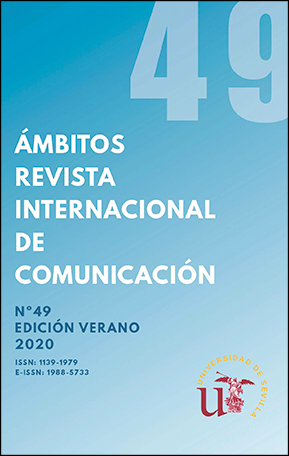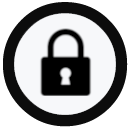Transição de cuidados de enfermagem: ISBAR na promoção da segurança dos doentes – revisão scoping
DOI:
https://doi.org/10.12795/Ambitos.2020.i49.03Palabras clave:
Communication, Handoff, Hospital, ISBAR, nursing careResumen
The issue of patient safety during transfers has been gaining increasing importance at national and international levels, particularly with the proliferation of literature on the need for improvements in the health care transition. The scientific evidence shows that effective communication among health professionals increases patient safety. Effective communication can be achieved through the use of structured tools that guide the transfer of information, such as ISBAR technique (Identification, Current Situation, Background, Assessement, Recommendations), which is often recommended for the information transmission process’. Our objective is map out and analyse the scientific evidence related to the advantages of using the ISBAR technique in the transitions, by nurses, in hospital settings. It was conducted a three-step search strategy according to the Joanna Briggs Institute (2015). 1) A search of MEDLINE and CINAHL was undertaken, followed by an analysis of the words contained in the title, abstract and the index terms; 2) The keywords and index terms were searched across all the included databases; 3) Search of the reference lists of all the included articles. Results show that ISBAR improves the transfer of information and safeguards patient safety, as well as the handover information. The transfer is performed efficiently and timely. Professionals’ hierarchy is leveled and assumptions are minimized. Concluding the use of ISBAR has improved the handover about patient’s reasons for transfer and condition, promoting simplicity, clarity and safety during clinical transfers.
Descargas
Descargas
Publicado
Cómo citar
Número
Sección
Licencia
Ámbitos. Revista Internacional de Comunicación es una revista de acceso abierto, lo que significa que todo su contenido está disponible gratuitamente para el usuario o su institución. Los usuarios pueden leer, descargar, copiar, distribuir, imprimir, buscar o enlazar con el texto completo de los artículos, o utilizarlos para cualquier otro fin lícito, sin solicitar permiso previo al editor o al autor. Esta definición de acceso abierto se ajusta a la Iniciativa de Acceso Abierto de Budapest (BOAI).

A menos que se indique lo contrario, todo el contenido de la edición electrónica se distribuye bajo una " licencia internacional Creative Commons Attribution-NonCommercial-ShareAlike 4.0 ". Puede consultar la versión informativa y el texto legal de la licencia aquí. Esto debe indicarse expresamente de esta manera cuando sea necesario.
En caso de aceptación del manuscrito, los autores ceden los derechos de la obra para su publicación a Ámbitos. Revista Internacional de Comunicación bajo el contrato de licencia Reconocimiento-NoComercial-CompartirIgual 4.0 Internacional (CC BY-NC-SA 4.0). Los autores conservan los derechos de autor y terceros están autorizados a copiar, distribuir y hacer uso de la obra, siempre que cumplan con los términos y condiciones establecidos en la licencia.
- Citar la autoría y la fuente original de publicación (revista, editorial y URL de la obra).
- No los utilice con fines comerciales.
- Si remezcla, transforma o crea a partir del material, debe publicar sus contribuciones bajo la misma licencia que el original.
Se puede encontrar más información en https://creativecommons.org/licenses/by-nc-sa/4.0/deed.es



















